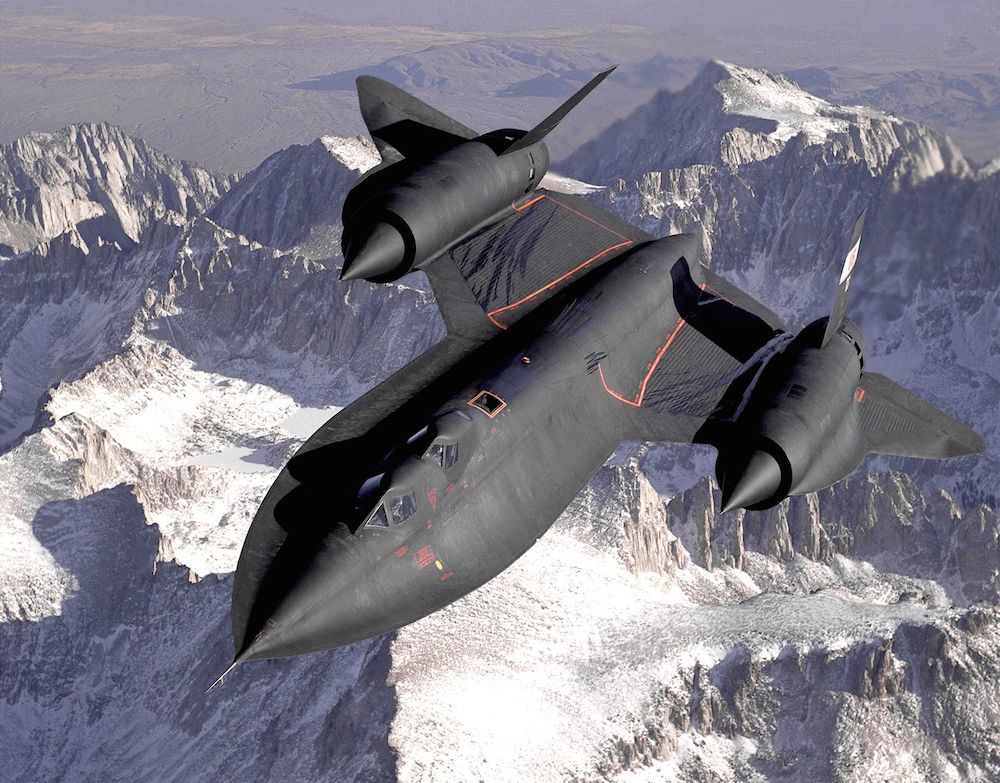Need for Speed: Pilot Recalls Record-Setting Supersonic Flight

ARLINGTON, Va. — On a September day in 1974, Capt. Harold "Buck" Adams set the world speed record in the U.S. military's SR-71 Blackbird aircraft. At the controls of the twin-engine supersonic plane, Adams flew from London to Los Angeles in a blistering 3 hours, 47 minutes and 39 seconds.
The Cold War was in full swing, and "there was a need for an airplane that could penetrate Soviet airspace with impunity," Adams, a retired brigadier general for the U.S. Air Force, told an audience July 18 here at a Defense Advanced Research Projects Agency (DARPA) expo showcasing the Pentagon's latest electronic technologies. "It was a technology marvel," Adams said.
Adams, who was 31 at the time, flew the SR-71 reconnaissance aircraft with Maj. William Machorek on Sept. 13, 1974. During their record-setting flight, they averaged a speed of 1,436 mph (2,311 km/h), according to Aviation History magazine. Just a few weeks earlier, their compatriots, Maj. James Sullivan and Maj. Noel Widdifield, had set a speed record for a journey from New York to London of 1 hour, 54 minutes and 56 seconds. That flight had an average speed of 1,807 mph (2,908 km/h). [Supersonic! The 10 Fastest Military Airplanes]
During Adams' flight, the SR-71 Blackbird — designed by aerospace giant Lockheed Martin — flew at more than three times the speed of sound, at altitudes of up to 80,000 feet (24,000 meters).
Temperatures at that altitude could fall below minus 60 degrees Fahrenheit (minus 51 degrees Celsius). As such, the aircraft had to use a special kind of fuel, special type of engine oil and special hydraulics to operate in the extreme cold, Adams said. Because the SR-71 burns a lot of fuel at takeoff and during long flights, the plane also had to be refueled in midair.
At its peak altitude, not even surface-to-air missiles, such as the one that downed Malaysia Airlines Flight 17 over Ukraine, could reach the jet.
Adams racked up more than 3,500 flying hours, including 137 combat missions, during his 26-year career in the Air Force, according to DARPA. Today, he serves as a defense consultant to several program managers at DARPA's Microsystems Technology Office.
Sign up for the Live Science daily newsletter now
Get the world’s most fascinating discoveries delivered straight to your inbox.
Follow Tanya Lewis on Twitter and Google+. Follow us @livescience, Facebook & Google+. Original article on Live Science.











